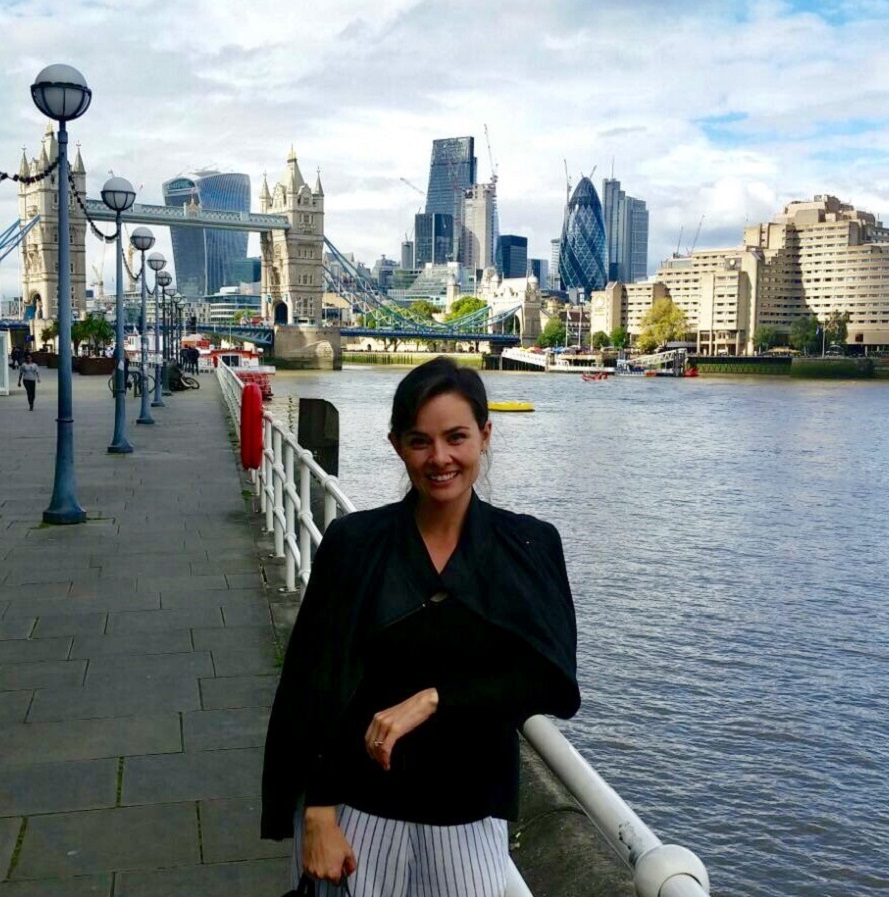If you plan to drive in the UK make sure you have a valid driving licence.
Check if you can drive in Great Britain with your non-GB driving licence.
EC/EEA licence holders may drive in the UK as long as they have a full valid car licence until they are 70 or for three years after becoming resident here, whichever is the longer period. At the end of this period you must apply for a British licence (no driving test required). You may also apply for a British licence once you have become resident (normally considered to be after 185 days).
You can drive in Great Britain for only 12 months if you got your EU licence by exchanging your non-EU licence.
Non-EC/EEA licence holders can drive in Great Britain on a full, valid driving licence for 12 months from when they became resident.
If your current driving licence was issued by Gibraltar, Jersey, Guernsey, Isle of Man or a designated country (Andorra, Australia, Barbados, British Virgin Islands, Canada, Falkland Islands, Faroe Islands, Hong Kong, Japan, Monaco, New Zealand, Republic of Korea, Singapore, South Africa, Switzerland, Zimbabwe) you need to exchange your licence after 12 months – you have 5 years since you become resident to do this.








